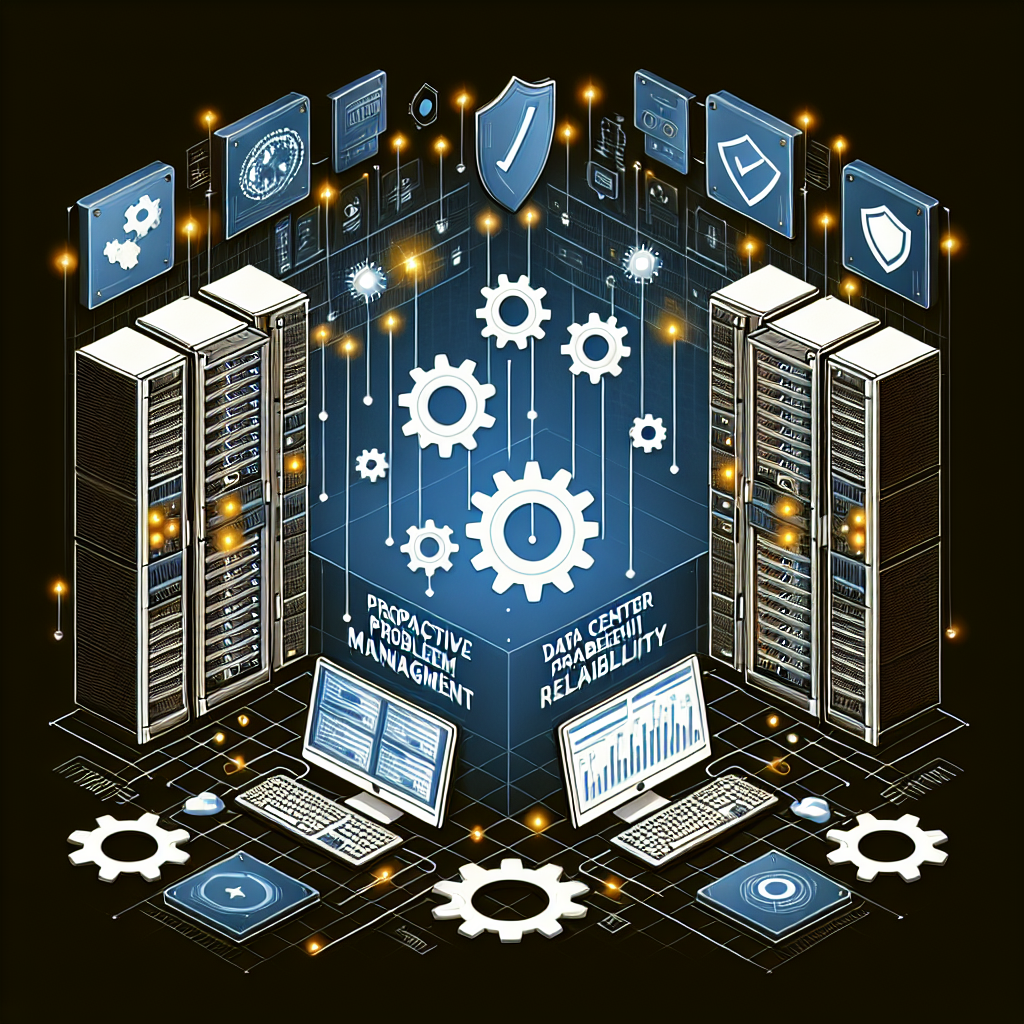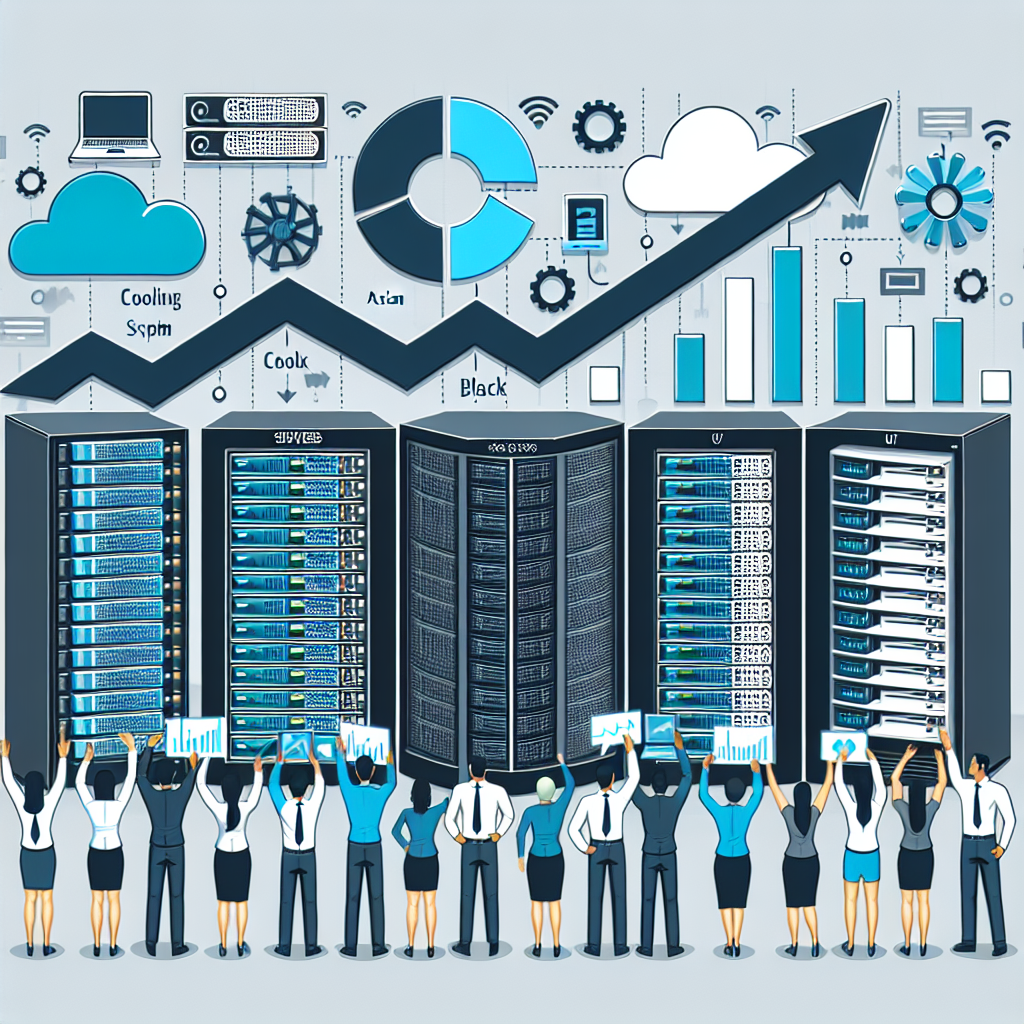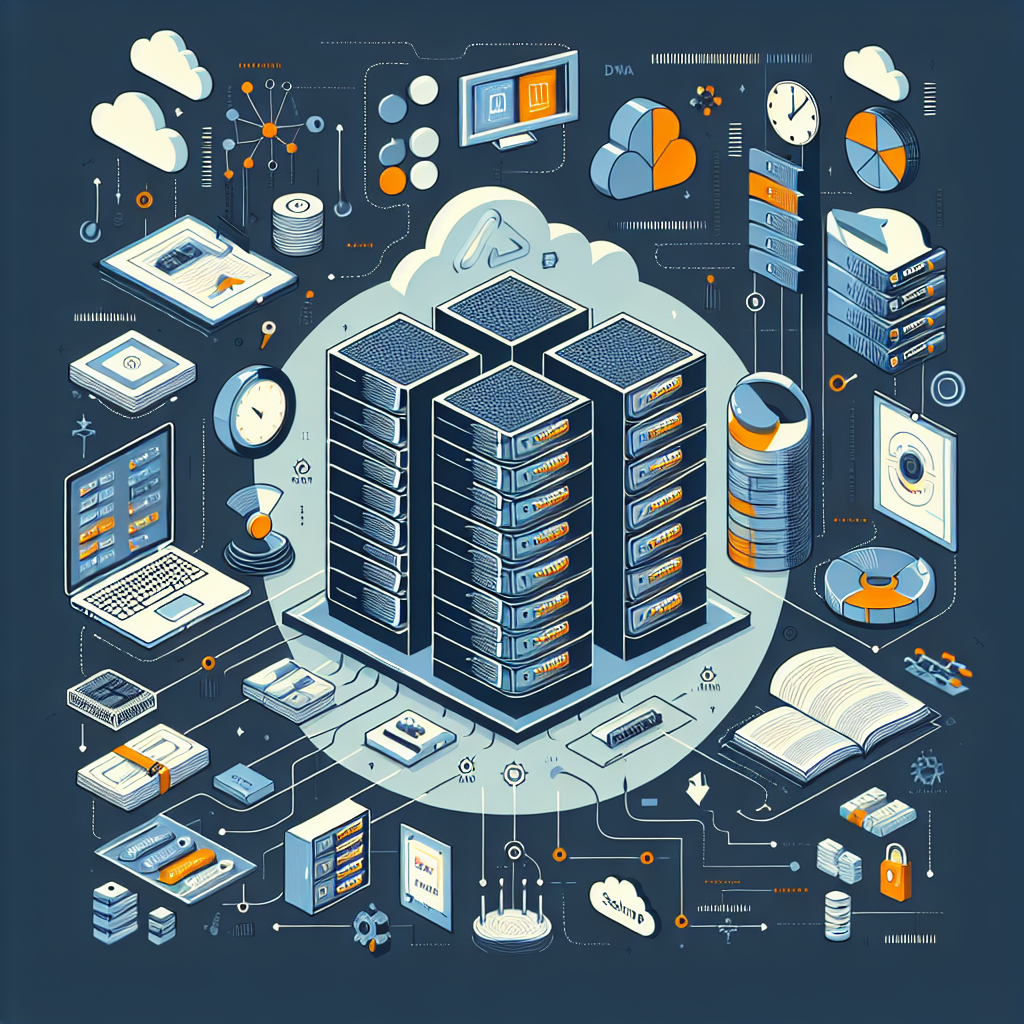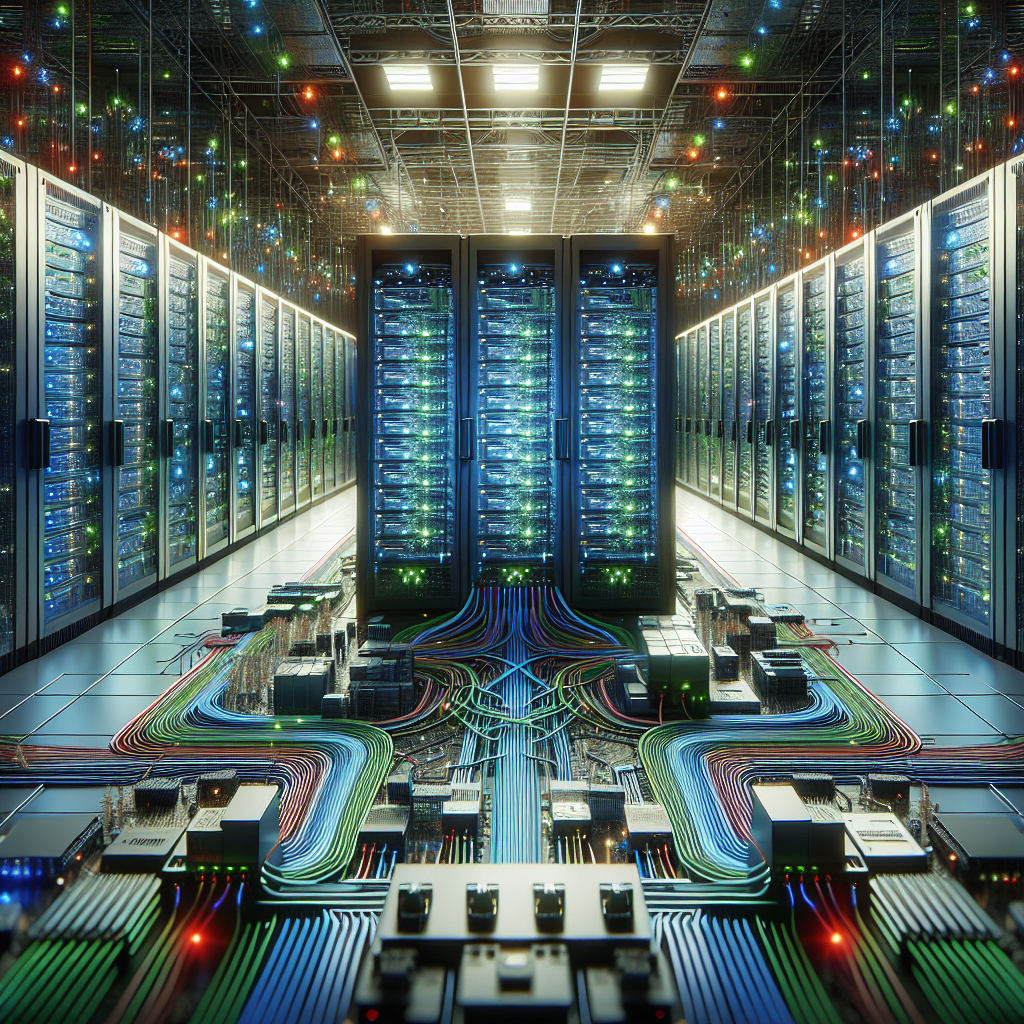In today’s digital age, data centers play a crucial role in ensuring the smooth operation of businesses and organizations. These facilities house and manage the critical IT infrastructure that supports all aspects of modern business operations, from storing and processing data to hosting websites and applications. As such, ensuring the reliability and availability of data centers is paramount to the success of any organization.
One key strategy for maintaining data center reliability is through proactive problem management. Rather than waiting for issues to arise and then reacting to them, proactive problem management involves identifying and addressing potential problems before they can impact the operation of the data center. This approach not only helps to prevent downtime and disruptions but also allows for more efficient and cost-effective management of the data center.
There are several steps that organizations can take to implement proactive problem management in their data centers. One of the first steps is to conduct regular audits and assessments of the data center infrastructure to identify any potential vulnerabilities or weaknesses. This can involve reviewing equipment and systems, monitoring performance metrics, and conducting risk assessments to determine areas that may be at risk of failure.
Once potential issues have been identified, organizations can take proactive steps to address them. This can involve implementing preventive maintenance schedules to ensure that equipment is regularly serviced and maintained, updating software and firmware to address security vulnerabilities, and implementing redundancy and failover mechanisms to ensure continued operation in the event of a failure.
In addition to preventive measures, organizations can also implement proactive monitoring and alerting systems to quickly identify and respond to potential issues as they arise. This can involve implementing real-time monitoring tools that track key performance metrics and alert IT staff to any deviations from normal operations. By proactively monitoring the data center environment, organizations can quickly identify and address potential problems before they can escalate into more serious issues.
Overall, proactive problem management is a critical strategy for ensuring the reliability and availability of data centers. By taking proactive steps to identify and address potential issues before they can impact operations, organizations can minimize downtime, reduce costs, and ensure the smooth operation of their data center infrastructure. In today’s fast-paced and increasingly digital business environment, proactive problem management is essential for maintaining the reliability and performance of data centers.










